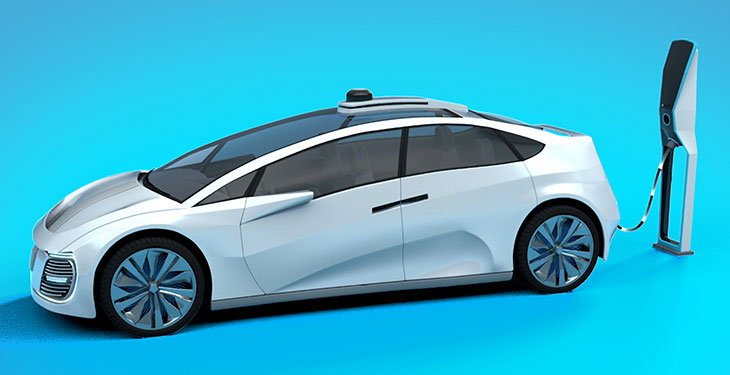In an analysis published by the European Parliamentary Research Service, Étienne Bassot sets out the top 10 issues likely to feature prominently on the political agenda of the European Union (EU) in 2019. The European elections, the new configurations of EU Parliament and the European Commission, the new EU budget, Brexit and the future of Europe after the exit of Great Britain are the dominant themes and policy areas, from an institutional perspective. Three of the topics proposed in the mentioned document are related with technologies already impacting on the energy industry and markets.
EU laws expected to be adopted
The document acknowledges that electric mobility encompasses all modes of transport, but chooses to focus solely on the topic of electric road vehicles. With all spectacular advances in numbers over the recent years, especially in a few developed countries among which Germany, France, the Netherlands and the United Kingdom, the EU is still far from achieving a widespread uptake of electric vehicles, writes Étienne Bassot. “It still needs to address problems such as high upfront costs and a limited offer of electric vehicles compared to conventional ones, and limitations of the electrical grid, charging infrastructure and batteries.” For all of these issues, 2019 will be a crucial year, considers the expert, as the EU is expected to agree on the next long-term EU budget as well as to adopt several laws affecting electric mobility.
Some of the EU action to support e-mobility are expected to be adopted in 2019; among these there is the mobility package called “Europe on the Move”, which includes an alternative fuels infrastructure action plan, a communication on low-emission mobility, emission performance standards for new passenger cars and light commercial vehicles (including incentives for low and/or zero-emission vehicles) and first ever CO 2 emission performance standards for new heavy-duty vehicles. In addition, the Commission has proposed to revise the Clean Vehicles Directive to stimulate the market uptake of clean vehicles in public procurement.
The EU has also supported the development of batteries as a key enabling technology for electric mobility. Although it has helped to improve batteries’ performance and to cut their costs, several issues remain to be resolved. The EU still imports most battery cells from third countries. To tackle this as well as other issues, the European Commission presented in May 2018, as part of the ‘Europe on the Move’ package, the strategic action plan for batteries, in which it sets the goal of making Europe a global leader in sustainable battery production and use. The action plan includes, inter alia, the launching of calls for proposals for battery-related research and innovation projects (on topics such as battery chemistries, recycling and second-use) in 2019.
Furthermore, various EU legal acts set out technical specifications for recharging points and basic principles for recharging operators, ensure that payment services are interoperable and require that new non-residential buildings be equipped with recharging points. More concretely, the Alternative Fuels Infrastructure Directive recommends that there should be around one public recharging point for every ten electric vehicles. “As the number of electric vehicles is expected to increase, more charging points are needed: the European Commission estimates that around 440 000 publically accessible recharging points are needed by 2020, and some 2 million by 2025”.
The EU is also working towards integration of electric vehicles into the electricity system. A wide uptake of electric vehicles will increase electricity demand on an electricity grid that is already under pressure at certain times of the day in some areas. To avoid unnecessary costs and delays in the uptake of electric vehicles, the EU is promoting charging at the most convenient times for the electricity grid and at the lowest cost for consumers (for instance by proposing new rules for the internal market in electricity).
The EU also provides financial help for the development of electric mobility, as it co-finances for instance the development of charging infrastructure from a financing instrument called the Connecting Europe Facility (CEF) and research on green vehicles from the EU’s research and innovation program Horizon 2020.
